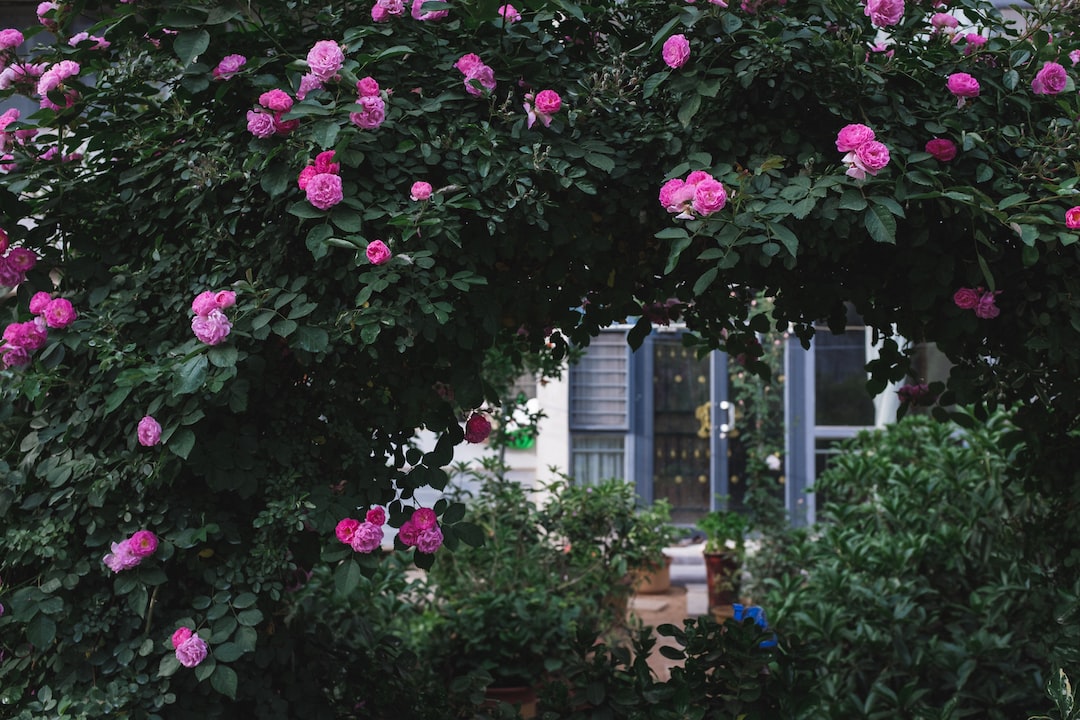Adding color to your garden can transform it from standard to stunning, but how do you go about using color effectively in your design? Here are some tips for utilizing color in your garden design to make it pop.
1. Choose a color palette
Before you begin adding color to your garden design, it’s important to choose a color palette. Analyze your garden and choose colors that complement the surrounding landscape and your home’s exterior. Don’t go overboard with too many colors; start with two or three and build from there.
2. Pay attention to seasonal color
Your garden doesn’t have to be colorful year-round, but it should be seasonally colorful. Choose plants that will bloom in different seasons, so you always have some color on display.
3. Add depth with darker colors
Dark colors like burgundy, navy, and deep purple can add depth and contrast to your garden design. They can also make lighter, brighter colors stand out more.
4. Use pastels to create a peaceful ambiance
If you want your garden to be a peaceful retreat, utilize lighter pastel colors like baby blue, pink, and lavender. These colors can make your garden feel calm and tranquil.
5. Incorporate foliage color
Don’t forget about foliage! Plants like hostas, ferns, and heucheras can add subtle color and texture to your garden design. Think beyond green and look for plants with unique color variegation like silver, gold, or burgundy.
6. Create focal points with bold colors
If you want to draw attention to a specific area of your garden, incorporate bold, vibrant colors. Flowers in shades of red, orange, and yellow can make a statement and create a focal point.
7. Think about color placement
When placing plants in your garden design, consider how their colors will interact with each other. Colors on opposite ends of the color wheel (like red and green) can create a striking contrast, while colors that are next to each other (like blue and purple) can blend together seamlessly.
8. Repeat colors to create unity
Repeating colors throughout your garden can create a cohesive design. Use the same color flowers or plants in different areas of your garden to create a unified look.
9. Consider the size of your space
In a small garden, too many colors can make it feel cluttered. Choose a limited color palette to keep the space feeling open and uncrowded. In a larger garden, you can be more experimental with color and use a variety of colors.
10. Don’t forget about the color of hardscaping
Hardscaping like fences, stones, and garden decorations can add color to your garden design too. Choose exterior colors and materials that complement your plants and flowers for a cohesive and inviting look.
Using color effectively in your garden design can transform your outdoor space from mundane to magical. Follow these tips for using color in your garden design to create a stunning outdoor haven for yourself and your guests.
